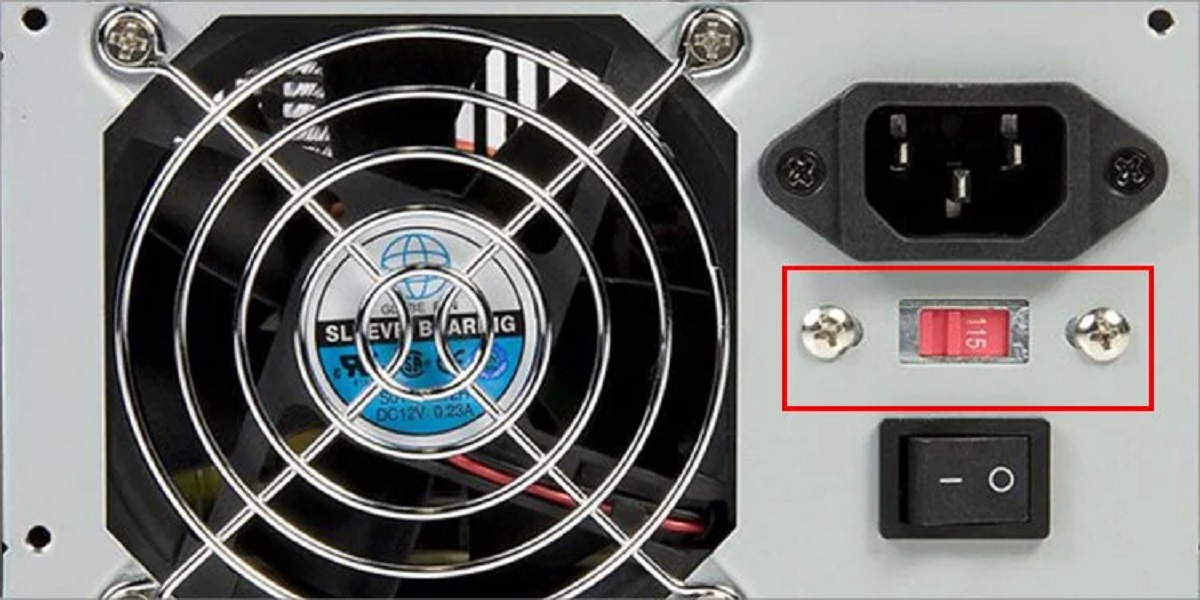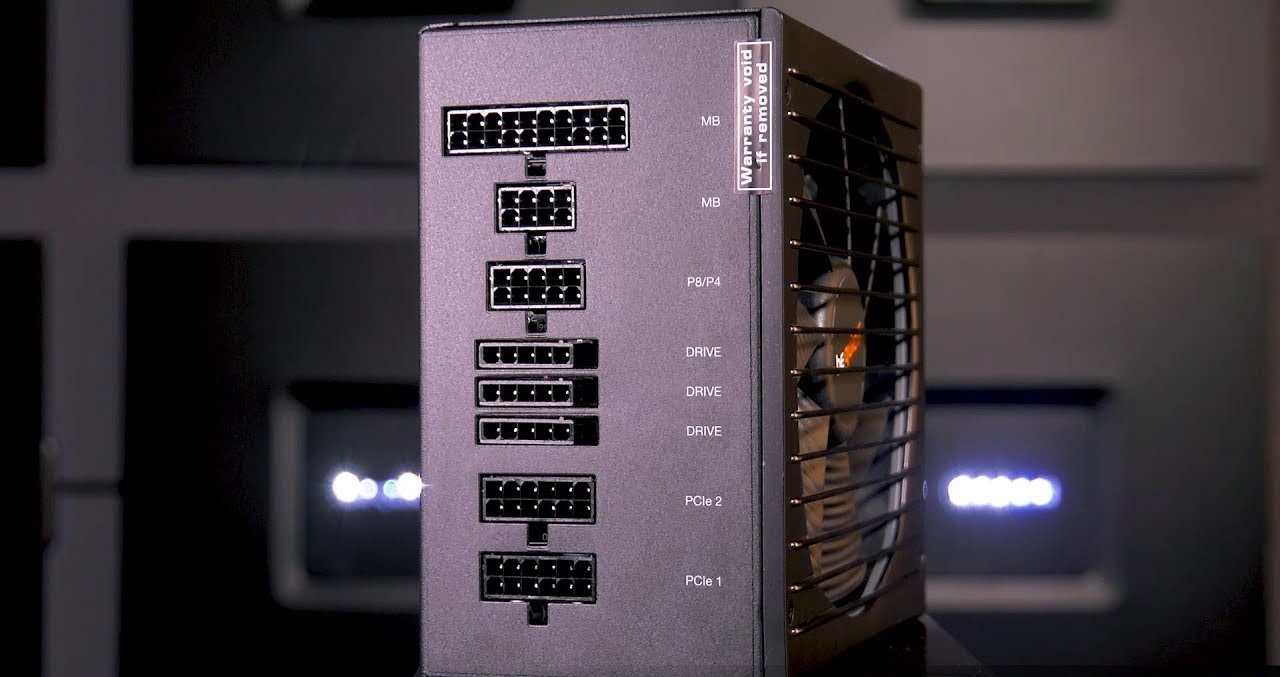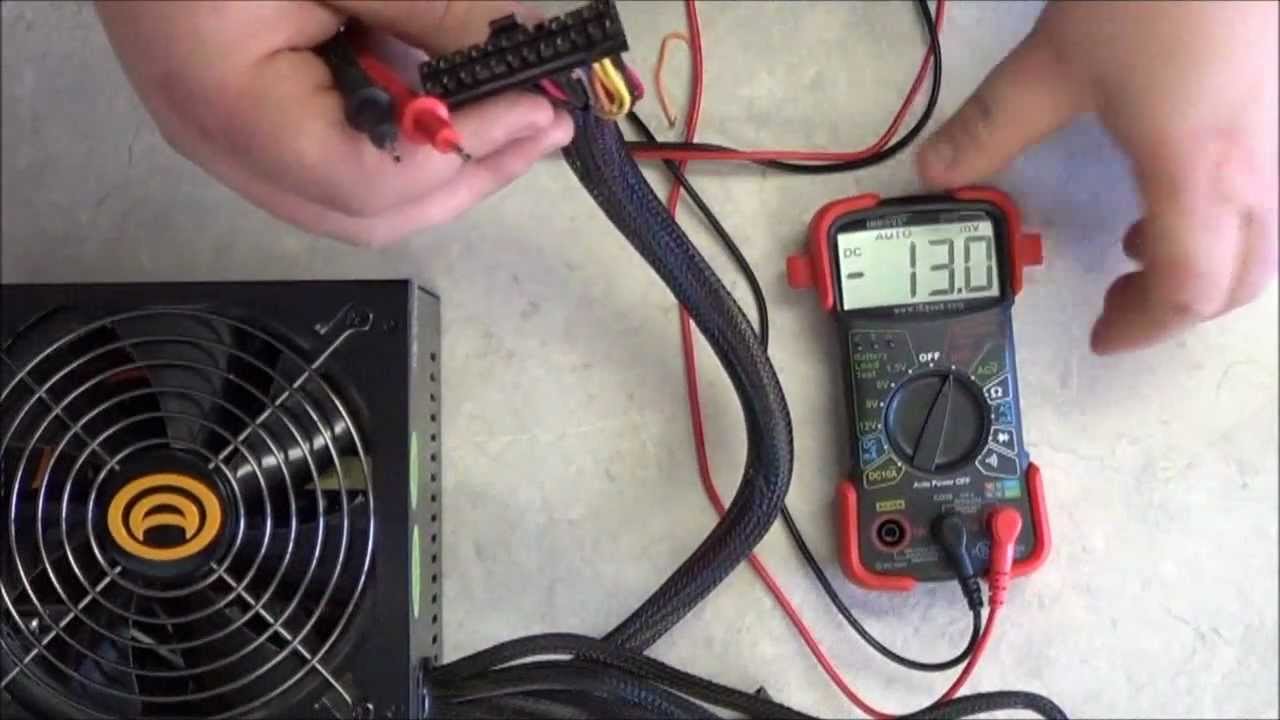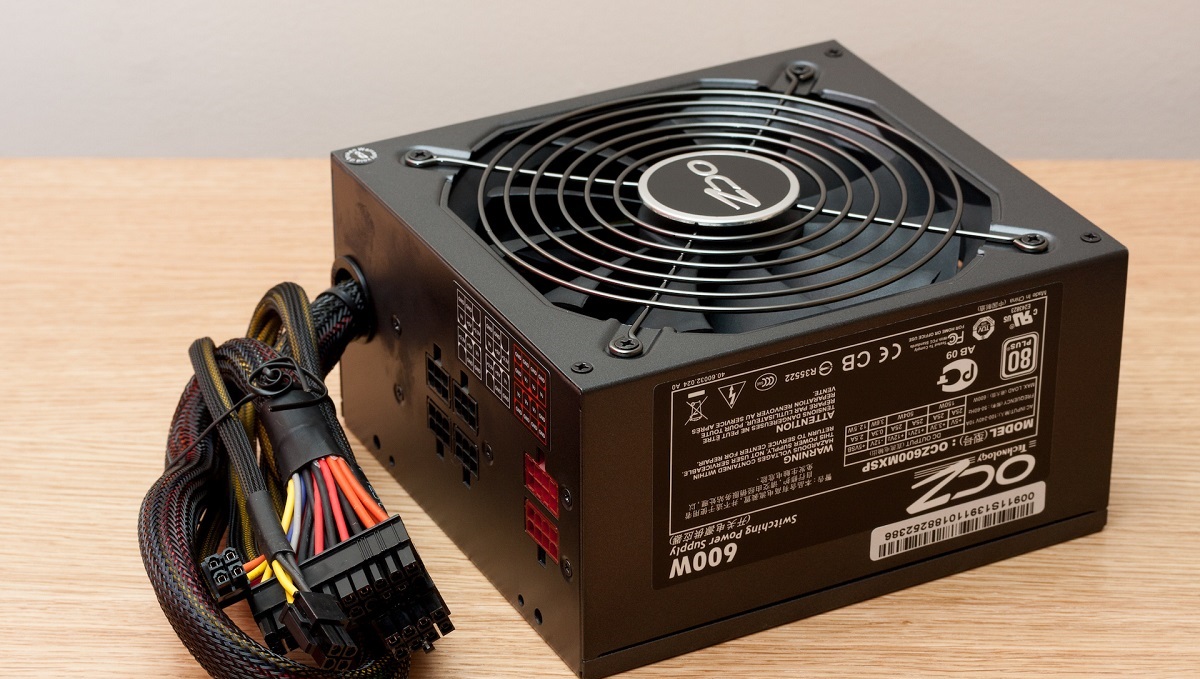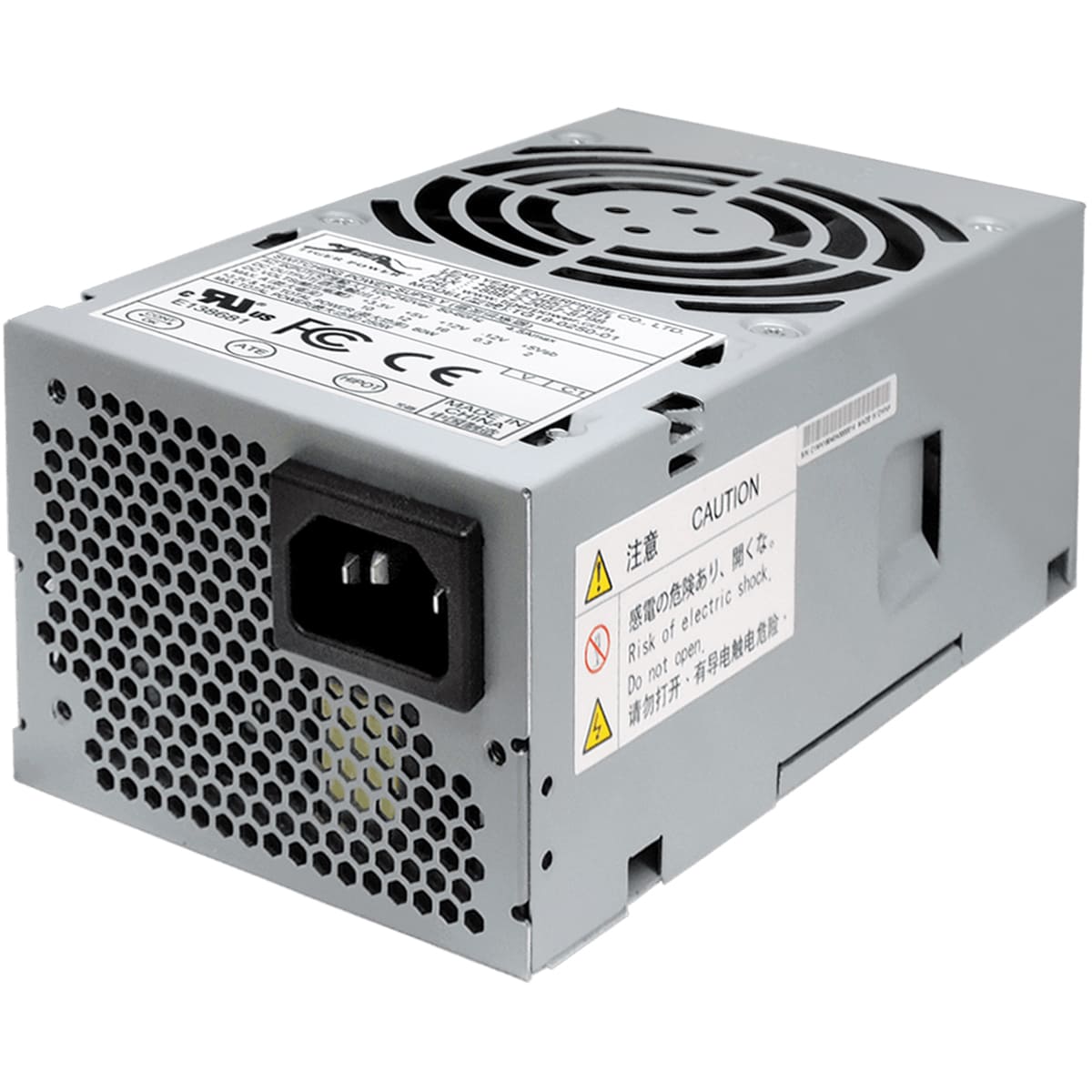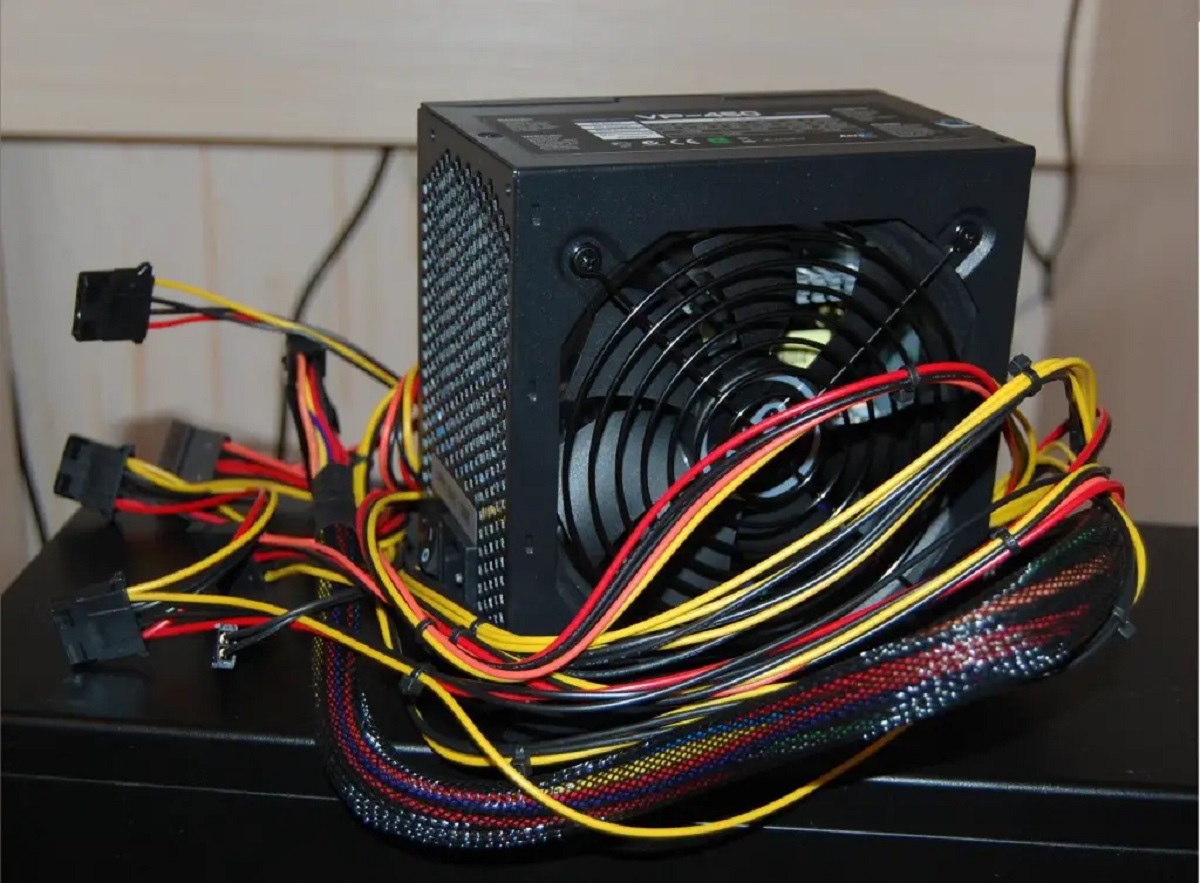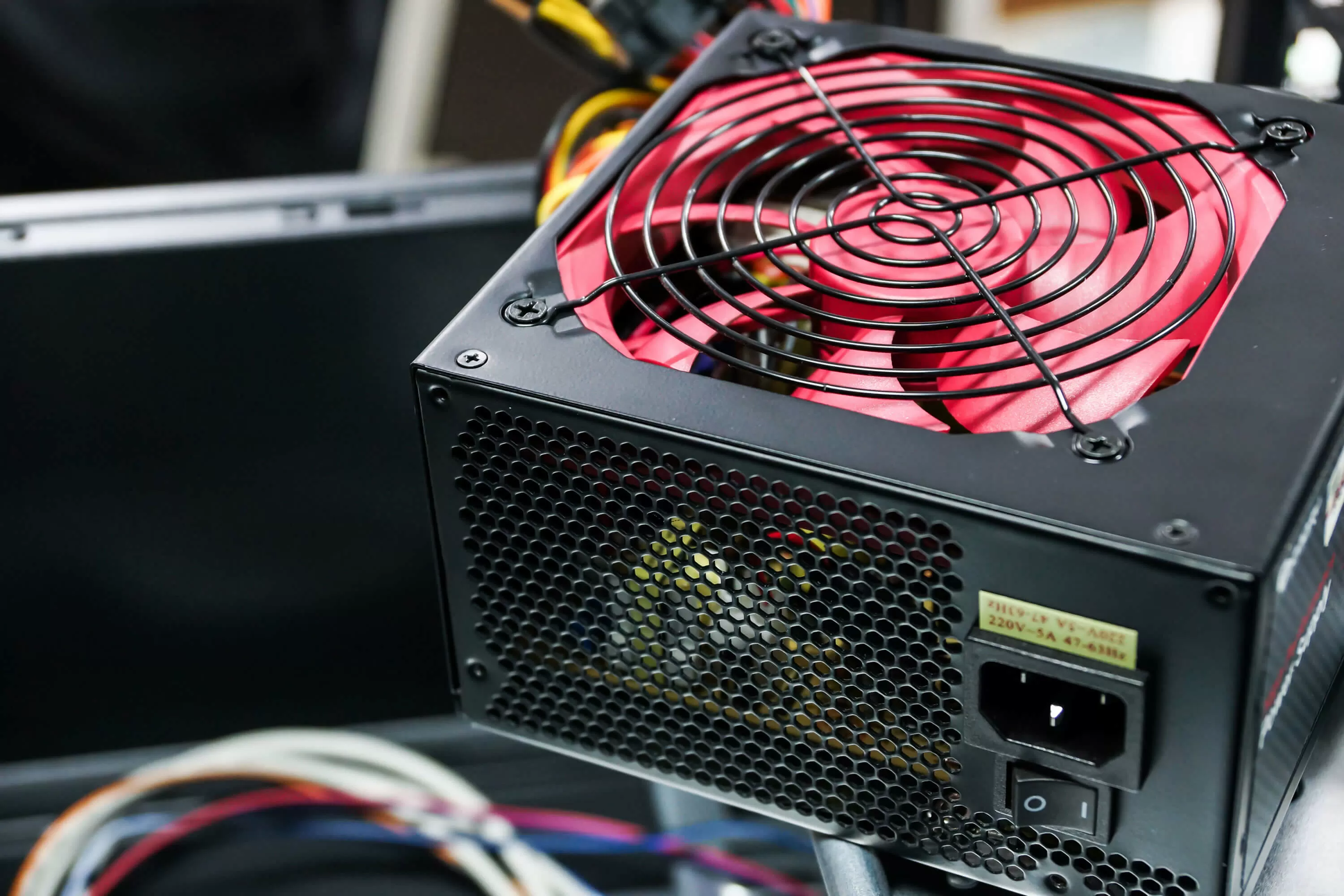Introduction
When it comes to understanding the inner workings of a computer, the power supply unit, or PSU, plays a crucial role. Acting as the heart of the computer’s power system, the PSU is responsible for converting the electrical power from an outlet into usable energy that the computer can utilize. To ensure that this process occurs smoothly, it is essential to understand the concept of voltage.
Voltage, measured in volts, is a fundamental aspect of electricity that determines the potential difference in an electric circuit. In the context of a computer PSU, voltage refers to the stable and regulated supply of electrical energy required by the different components of the computer to function correctly.
Throughout this article, we will explore the various voltages that a computer PSU delivers and their significance in powering the different components of a computer system. We will delve into the three primary voltage rails – 12V, 5V, and 3.3V – and explore their roles in powering various components such as CPUs, graphics cards, and memory modules. Additionally, we will discuss other voltage rails that play a specialized role in powering specific components.
Understanding the different voltages delivered by a computer PSU is crucial not only for computer enthusiasts and hardware professionals but also for anyone who wants a deeper understanding of the inner workings of their computer system. So, let’s dive into the world of PSU voltages and uncover the fascinating role they play in powering our beloved machines.
What is a PSU?
To comprehend the significance of PSU voltages, it is essential to have a clear understanding of what a PSU is and its purpose in a computer system. A power supply unit, or PSU, is an integral component that provides electrical power to the various hardware components inside a computer.
The PSU acts as a bridge between the external AC electrical power source, such as a wall outlet, and the internal DC power required by the computer’s components. It converts the alternating current (AC) from the power source into direct current (DC), which is necessary for the computer to operate efficiently.
One of the primary functions of a PSU is to regulate and deliver stable voltages to the different components of the computer system. These components, such as the CPU, GPU, and memory modules, require specific voltage levels to function optimally and avoid damage. The PSU ensures that the appropriate voltages are delivered consistently, preventing any power fluctuations or irregularities that could potentially harm the components.
Furthermore, a PSU provides various connectors that allow connection to different hardware components within the computer. These connectors include the ATX connector for the motherboard, PCIe connectors for graphics cards, SATA connectors for storage devices, and peripheral connectors for devices such as fans and peripherals.
In addition to delivering power, modern PSUs also incorporate safety features such as overload protection, overvoltage protection, and short circuit protection. These features help safeguard the computer system from electrical disturbances and prevent any damage to the internal components.
Overall, a PSU is a vital component of a computer system, responsible for converting and supplying the appropriate and stable voltages required by the various internal components. Without a reliable PSU, a computer’s performance and longevity would be compromised, making it an essential consideration for anyone building or upgrading a computer.
Importance of Voltage
Voltage plays a critical role in the proper functioning of a computer system. It determines the electrical potential difference in a circuit and ensures that the right amount of power is supplied to each component. Understanding the importance of voltage is essential for maintaining the stability, performance, and longevity of the computer system.
Consistent and regulated voltage is key to preventing any damage to the hardware components. Each component within the computer system, such as the CPU, GPU, and RAM, requires specific voltage levels to function optimally. Delivering the right amount of voltage ensures that these components operate within their designed parameters, minimizing the risk of overheating, instability, or even complete failure.
Voltage stability is particularly crucial for sensitive components like CPUs and GPUs. These components have strict voltage tolerances, and any deviation from the specified levels can result in instability, crashes, or even permanent damage. A stable voltage supply ensures reliable performance and prevents any potential damage caused by overvoltage or voltage fluctuations.
In addition to protecting the components, proper voltage regulation also contributes to the overall energy efficiency of the system. When voltage is maintained within the specified range, the system operates at optimal power consumption, reducing unnecessary energy waste. This not only helps to conserve energy but also translates into lower electricity bills and a smaller environmental footprint.
Moreover, understanding voltage is crucial when upgrading or adding new components to a computer system. Different components may have specific voltage requirements, and it is crucial to ensure that the PSU can deliver the necessary voltage levels. Failure to supply the correct voltage to a component can lead to compatibility issues, performance degradation, or even damage to the component.
Overall, voltage regulation is of paramount importance for the stability, performance, and longevity of a computer system. By ensuring that the correct voltage is consistently delivered to each component, users can maintain the optimal functioning of their system and protect their investment in expensive hardware. Making informed decisions about PSUs, understanding voltage requirements, and investing in reliable power supplies are all essential steps to ensure a robust and efficient computer system.
Types of PSU Voltages
A PSU delivers different voltage levels, or voltage rails, to power the various components of a computer system. The three primary voltage rails are the 12V, 5V, and 3.3V rails. Each of these voltage rails has a specific role in supplying power to different hardware components.
The 12V voltage rail is responsible for providing power to the most demanding components in a computer system, such as the CPU and high-performance graphics cards. These components require significant power to operate efficiently and handle intensive tasks like gaming or video editing. The 12V rail delivers stable and robust power to ensure the smooth functioning of these power-hungry components.
The 5V voltage rail primarily powers the motherboard and peripherals connected to it. This includes components like USB ports, SATA devices, and memory modules. The 5V rail provides the necessary power for data transfer and supports the communication between different devices within the system.
The 3.3V voltage rail supplies power to various low-power components, including certain types of memory modules, integrated circuits, and other digital components. It ensures stable power delivery to these components, contributing to their reliable operation and performance.
In addition to the primary voltage rails, there are other voltage rails in some power supply units that cater to specific components or functionalities. These can include the -12V rail, which provides a negative voltage for legacy serial ports, the 5V standby rail, which powers certain functions even when the computer is in standby mode, and the 9V rail, which is occasionally used for special purposes.
It’s important to note that not all power supply units deliver the same voltages or have the same number of rails. The voltage rails and their configurations can vary, depending on the PSU model and its specifications. When choosing a power supply unit for a computer system, it is crucial to consider the specific voltage requirements of the components to ensure compatibility and proper operation.
Understanding the types of PSU voltages and their roles in powering different computer components allows users to make informed decisions when selecting a PSU. By ensuring that the PSU delivers the appropriate voltage levels necessary for the components, users can optimize the performance, stability, and longevity of their computer system.
12V Voltage Rail
The 12V voltage rail is one of the primary voltage rails provided by a PSU, and it plays a crucial role in supplying power to high-performance components in a computer system. This voltage rail is responsible for delivering a stable and robust power supply to the CPU and graphics card, which are two of the most power-hungry components.
The CPU, which serves as the brain of the computer, requires a significant amount of power to perform complex calculations and handle intensive tasks. The 12V rail ensures that the CPU receives a consistent and reliable power supply to operate at its peak performance. Keeping the CPU powered with the correct voltage contributes to its stability, efficiency, and overall effectiveness in handling demanding tasks.
Similarly, the graphics card, or GPU, which is responsible for rendering images, videos, and games, also demands a substantial amount of power. Modern high-performance GPUs are designed to handle visually demanding tasks and require a robust power supply to function optimally. The 12V rail supplies the necessary power to the graphics card, ensuring smooth and powerful graphics performance.
In addition to the CPU and graphics card, the 12V rail also powers other power-hungry components like cooling fans, high-capacity storage drives, and motherboard components that require an ample power supply. It ensures that these components function without any power-related issues and contribute to the overall stability and performance of the system.
It is worth noting that some power supplies provide multiple 12V rails instead of a single rail. This is done to improve system stability and distribute the power load evenly among the components. Each of these 12V rails handles a specific set of components, ensuring that the power supply is evenly distributed and preventing any single component from drawing excessive power from the rail.
When selecting a power supply unit, it is crucial to consider the power requirements of the components that will be connected to the 12V rail. Depending on the system’s needs, a higher wattage PSU may be necessary to ensure that all components receive the required power without straining the PSU.
Understanding the importance of the 12V voltage rail and its role in powering high-performance components is essential when building a computer system or upgrading existing hardware. By providing a stable and ample power supply to the CPU, graphics card, and other power-hungry components, the 12V rail contributes to the overall performance, reliability, and longevity of the system.
5V Voltage Rail
The 5V voltage rail is a key component of a power supply unit (PSU) and plays an important role in powering various components within a computer system. This voltage rail provides a stable power supply to the motherboard and peripherals, ensuring their proper functionality and data transfer capabilities.
One of the primary functions of the 5V rail is to power the motherboard itself. The motherboard is the main circuit board that connects and allows communication between all the components of the computer system. It requires a reliable power supply to ensure the proper operation of the CPU, RAM, and other integrated components.
Additionally, the 5V rail powers various peripherals and connectivity ports on the motherboard. This includes USB ports, SATA connectors for storage devices, and other input/output interfaces. These peripherals often require a 5V power supply to function correctly and allow for the transfer of data between the computer and external devices.
The 5V rail also supplies power to memory modules, including both volatile RAM (Random Access Memory) and non-volatile memory such as ROM (Read-Only Memory) and flash memory. These memory modules are crucial for storing and accessing data quickly, and a stable 5V power supply ensures their reliable operation.
Furthermore, certain internal components of a computer system, such as cooling fans, may also rely on the 5V rail for power. These fans help dissipate heat from critical components, such as the CPU and graphics card, ensuring they operate within safe temperature limits. The 5V rail provides the necessary power for these fans to function, contributing to the overall thermal management of the system.
It is important to note that with technological advancements, the power requirements of certain components have shifted from the 5V rail to more efficient voltage rails. For example, many modern storage devices, such as solid-state drives (SSDs), utilize the 12V rail for power, resulting in reduced dependency on the 5V rail.
When selecting a power supply unit, it is important to analyze the power requirements of the system and ensure that the PSU can deliver sufficient power on the 5V rail. Insufficient power on the 5V rail may result in unstable operation of the motherboard, peripherals, and other components that rely on this voltage rail.
In summary, the 5V voltage rail is a vital component of the PSU that powers the motherboard, peripherals, memory modules, and other components within a computer system. Ensuring a stable and reliable power supply on the 5V rail is crucial for the proper functionality and efficient data transfer of these components, contributing to the overall performance of the system.
3V Voltage Rail
The 3.3V voltage rail is a crucial component of a power supply unit (PSU) that plays a significant role in providing power to various low-power components in a computer system. This voltage rail delivers a stable and regulated 3.3V power supply to ensure the proper functioning of specific digital components within the system.
One of the primary functions of the 3.3V rail is to power the low-power components on the motherboard. These include integrated circuits, digital logic chips, and other electronic components that require a lower voltage to operate efficiently. By supplying a precise 3.3V power supply, this voltage rail ensures the accurate operation and enables reliable performance of these components.
Certain types of memory modules, such as DDR3 and DDR4 RAM, also rely on the 3.3V rail for power. These memory modules are crucial for storing and accessing data and require a stable power supply to maintain data integrity and ensure proper operation. The 3.3V rail delivers the necessary power to these memory modules, allowing for fast and reliable data storage and retrieval.
Additionally, the 3.3V rail powers some peripheral devices that have low power requirements. This includes devices such as certain types of USB devices, sound cards, and smaller integrated circuits used in audio or networking components. The 3.3V rail ensures that these peripherals receive the appropriate power supply to carry out their functions effectively.
With advances in technology, the power requirements of many components have shifted away from the 3.3V rail. This is due to greater efficiency in using higher voltage rails and the decreasing power demands of some components. However, the 3.3V rail remains essential for certain low-power components, ensuring their reliable operation and contributing to the overall efficiency of the system.
When selecting a power supply unit, it is crucial to consider the power requirements of the components that rely on the 3.3V rail. Insufficient power on this rail may lead to instability or improper functioning of the low-power components, affecting the overall performance of the system.
In summary, the 3.3V voltage rail is a critical component of a PSU, supplying power to low-power components, memory modules, and certain peripherals. By delivering a stable and regulated 3.3V power supply, this rail ensures the proper functioning of these components and contributes to the efficient operation of the computer system.
Other Voltage Rails
In addition to the primary voltage rails discussed earlier, some power supply units (PSUs) include other voltage rails that serve specific purposes within a computer system. These additional voltage rails cater to specialized components or functionalities, ensuring the proper power supply and functionality of these components.
One common additional voltage rail is the -12V rail. It provides a negative voltage supply, primarily used for legacy serial ports and certain communication interfaces. The -12V rail ensures that these older components, which require a negative voltage, can operate correctly alongside modern hardware.
Another commonly found voltage rail is the 5V standby rail. This rail provides a low level of power to specific components even when the computer is in standby or sleep mode. It powers functions such as Wake-on-LAN, USB charging ports, or maintaining synchronization between the system clock and real-time clock (RTC).
Some power supplies also include a 9V rail, typically used for special purposes or specific peripherals. Although less common, the 9V rail can power devices such as special display interfaces or specialized audio equipment that require this particular voltage.
The inclusion of these additional voltage rails depends on the specific PSU model and its intended functionalities. It is important to note that not all PSUs provide these additional voltage options, and their presence may vary depending on the manufacturer and the target market of the power supply.
When selecting a PSU, it is crucial to consider the specific requirements of the components and peripherals that may rely on these additional voltage rails. Ensure compatibility and proper power supply by selecting a PSU that provides the necessary voltage options for your specific use case.
Understanding the presence and purpose of these additional voltage rails allows users to make informed decisions when configuring a computer system. By ensuring the availability of the required voltage options, users can optimize the power supply and functionality of specialized components or functionalities within their computer system.
Conclusion
Understanding the various voltage rails provided by a power supply unit (PSU) is crucial for anyone looking to build or upgrade a computer system. The PSU plays a vital role in converting and supplying the appropriate voltages required by different components, ensuring their optimal performance, stability, and longevity.
The 12V voltage rail powers high-performance components such as the CPU and graphics card, delivering the significant power needed for demanding tasks like gaming and video editing. The 5V voltage rail powers the motherboard and peripherals, facilitating data transfer and efficient communication between components. The 3.3V voltage rail supports low-power components and certain memory modules, ensuring their proper functionality. Additionally, other voltage rails such as the -12V rail, 5V standby rail, and 9V rail serve specialized purposes or power specific peripherals.
Maintaining stable and regulated voltages is crucial for the reliability and performance of a computer system. Deviations from the specified voltage levels can lead to instability, component damage, and compromised system functionality. Therefore, it is essential to select a PSU that can deliver the necessary voltages required by the components within the system.
When building or upgrading a computer system, consider the power requirements of the components and peripherals to ensure proper compatibility with the PSU. Research the recommended voltages and wattages for your specific components and choose a PSU that can provide sufficient power across all the required voltage rails. This will help ensure a stable and efficient power supply, resulting in an optimized computer system.
In conclusion, understanding PSU voltages and their importance is crucial for maximizing the performance and longevity of a computer system. By delivering the right voltages to each component, a reliable PSU contributes to the stability, efficiency, and overall functionality of the system. So, when it comes to selecting a PSU, make sure to consider the voltage requirements of your components and choose a high-quality unit to power your computer system effectively.







